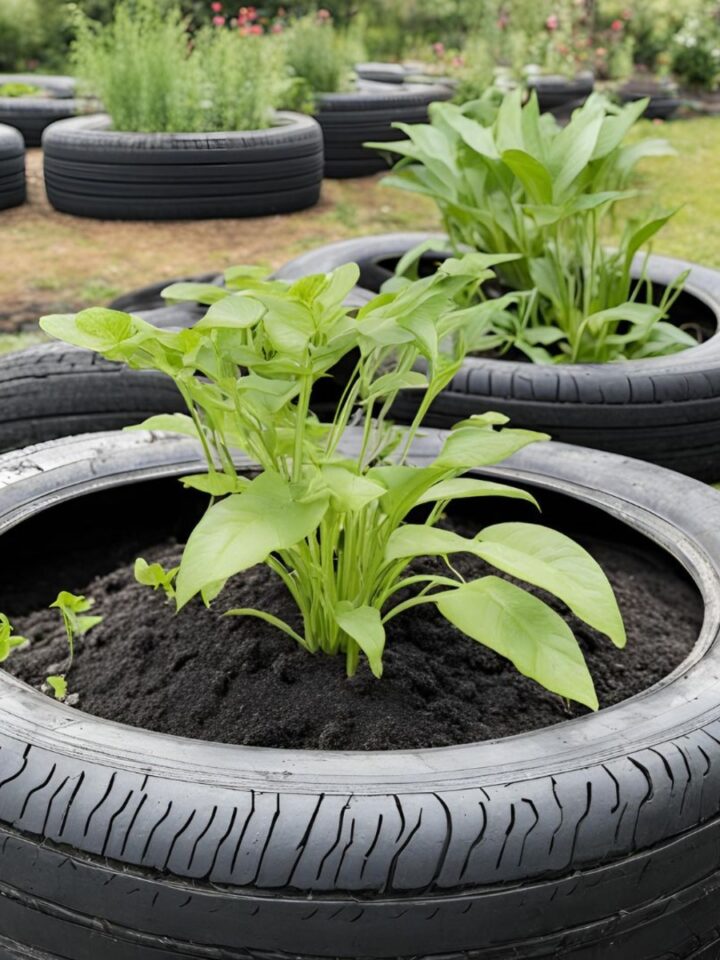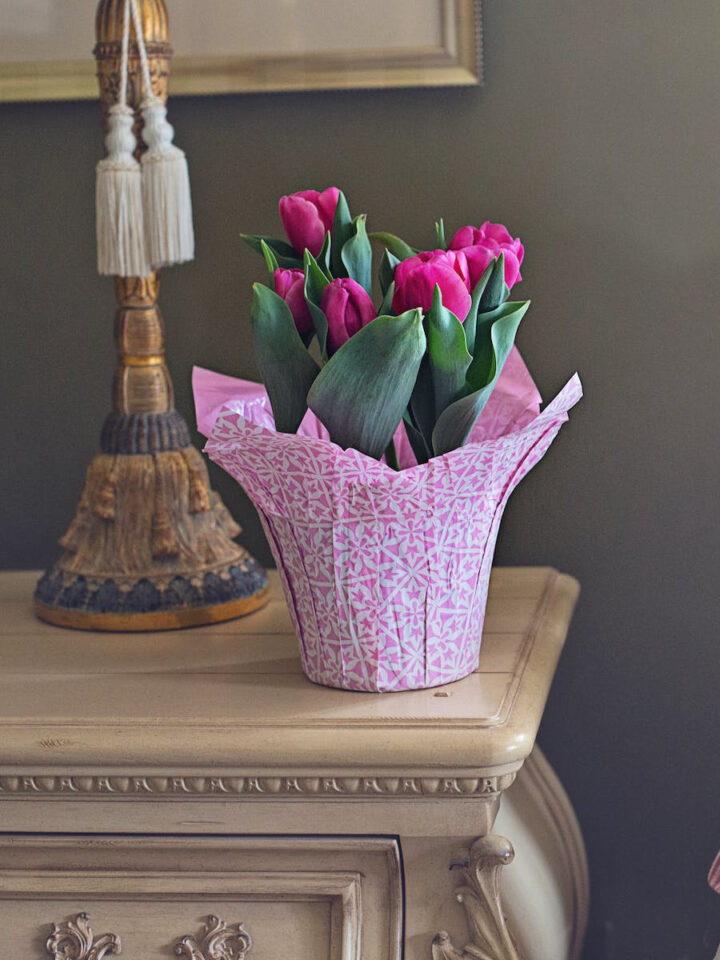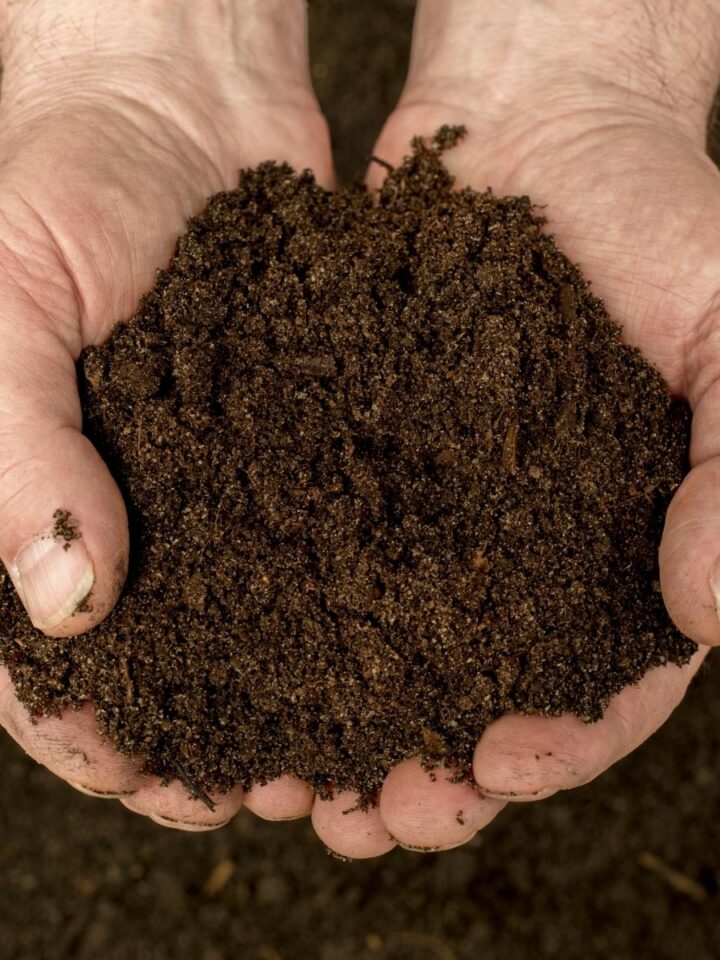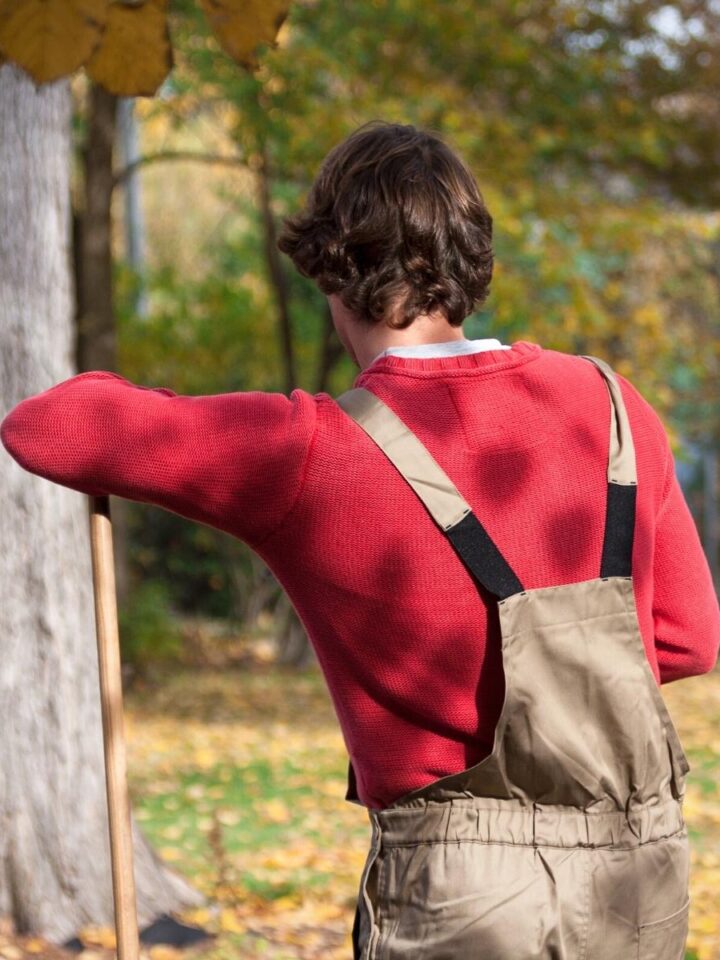This post contains affiliate links, which means I will make a commission at no extra cost to you should you click through and make a purchase. As an Amazon Associate I earn from qualifying purchases.
The best gardening tips for kohlrabi that actually work. Gardening is a lot of work, but there are some tips and tricks out there to make it easier. One such tip we have found in our research is how to grow kohlrabi. It's not the most popular vegetable out there, but it does deserve more attention than it gets! We will go over everything you need to know about this veggie so you can be sure your garden will be successful.
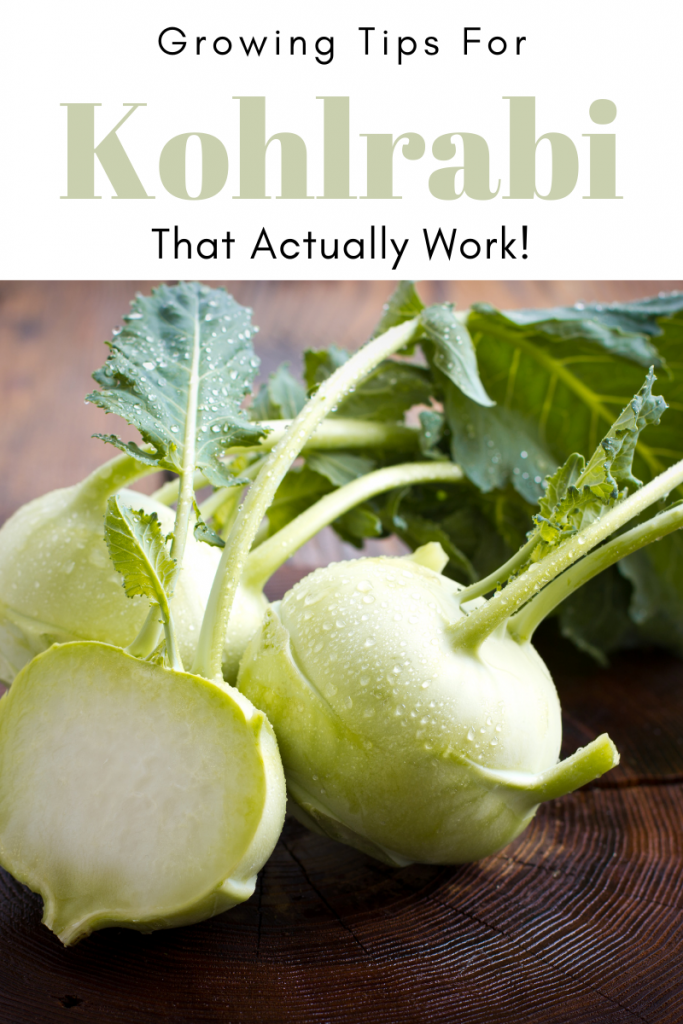
Jump to:
Kohlrabi is a vegetable that many people in India and Europe like to eat. The real reason it didn't do so well in the US is not known, but this vegetable does taste good and is full of health benefits. If you want to eat more than just green beans and romaine lettuce, then you can try this odd-looking vegetable. You can find kohlrabi at the farmer's market most of the time, but sometimes you might find it at supermarkets as well.
Gardening Tips for Kohlrabi that Actually Work!
Kohlrabi is a type of vegetable that is related to cabbage. It is just like Brussels sprouts, kale, and cabbage. Kohlrabi leaves are also good to eat, but you cannot eat the small ones because there are not many on them. Kohlrabi from bigger vegetables should be peeled before eating them. There are many types of kohlrabi which have different sizes and all the inside part should be light ivory colored.
It is always advisable to opt for smaller kohlrabi as they are tastier and juicier.
History of Kohlrabi
Kohlrabi is a cabbage-based vegetable. It was first grown in Europe. There are records that show it was first grown in France about 1400 years ago. Kohlrabi spread to other parts of Europe, like Germany and other areas of Central Europe. The kohlrabi then gradually made its way into India and other parts of Asia.
Kohlrabi’s name is derived from the German word “kohl,” which means cabbage. The vegetable got its common name because it was often mixed with various types of cabbage in a dish and eaten at mealtime to provide sustenance for more hours during the day.
The first time kohlrabi was seen in the US was back in 1806, but even today it is not well-known here. The best way to try kohlrabi in the US is to grow your own, although you may find one or two varieties of this vegetable in the local farmer’s market.
Benefits of Kohlrabi
The vegetable has a funny name, but it is good for you. It has high Vitamin C. This helps stop free radicals that can cause cells to get damaged. It also helps control chronic diseases and high blood pressure by reducing inflammation in the body.
The prebiotic fiber in vegetables like kohlrabi can help make your gut healthy and fight infection. You should eat more of these if you have high blood pressure because they have potassium that will lower your blood pressure.
Basic Kohlrabi Facts
The seeds of kohlrabi will start to germinate in about 3 to 10 days if it gets an optimal temperature of 70 degrees F, but germination will be longer in colder soil.
Kohlrabi is a cool-season crop; so, it is ideally grown in the cooler weather of Fall or Spring. If you are looking for a mid-summer harvest, one can sow the seeds indoors around eight weeks before the last spring frost date.
Kohlrabi grows best in cool temperatures that hover between 40 to 75 degrees F. It requires a maximum of 60 days to reach maturity. In the warm winter regions, the kohlrabi is sown in late summer so that the plant gets ready for a winter harvest.
Figure on planting 4-5 kohlrabi seeds for each person in your home. You usually get ONE veggie from each plant.
Kohlrabi leaves can be eaten raw, or it can be cooked just like any other greens. The smaller bulbs tend to have more flavor, crunchy, and are delicious. Even the larger bulbs are suitable for eating, but they are usually used for cooking. After peeling, the kohlrabi can be trimmed, cut into julienne, or grated to be added to the salad.
Gardening Tips for Kohlrabi: Soil
Kohlrabi can be grown in rich, well-drained soil with a high compost and organic matter level. The soil must be kept evenly moist throughout the growing season so that it does not become woody. Although the vegetable prefers cool weather, it needs full sun for at least six hours a day.
Planting Kohlrabi
When you decide to plant kohlrabi, you can start either indoors or outdoors. If you are starting indoors, you should wait until the small plants are at least six weeks old, and then you can transplant to the prepared soil in the garden outside. The soil must be fertilized before planting the kohlrabi.
One can have a continuous crop if you plant the kohlrabi every three weeks. When the plant is growing, the soil must be watered regularly so that there are no tough stemmed plants.
Gardening tips for Kohlrabi: Plant Care
The soil must be evenly watered for promoting fast growth. If the plant grows without adequate water, then the stem will become woody. The planting beds should have aged compost, and this must be added to the soil at least once a month. Cabbage worms and cabbage loopers can attack the plant. So you can put collars around the stems to protect the baby plants from cutworm damage.
Harvesting Kohlraibi
Kohlrabi can be harvested when the leaves are dying back and the bulbous part is above ground. The smaller the bulb, the more tender it will be.
Kohlrabi is harvested when the first stem is around an inch in diameter. The plant can be continuously harvested until the stems have become two to three inches in diameter. After that, the plants will become old. As long as you harvest kohlrabi at the right time, you will have plants with a sweet flavor.
To harvest kohlrabi, use a garden fork to loosen the soil around its stem (or tap on surrounding dirt with your foot), then pull down gently on one side of the bulb.
What do you need to harvest kohlrabi? Gardening tools such as a garden fork and gloves are recommended for harvesting. A trowel may also come in handy when locating all of your bulbs (try looking about two inches deep).
If you have a surplus, you will want to store it! Kohlrabi is best stored in a cool, dry place. The best way to store it for an extended period of time is by wrapping each bulb with newspaper and storing them in brown paper bags or boxes.
Enjoying Kohlrabi
Kohlrabi is best eaten raw. You can cut the bulb in half, scoop out the stem and then slice it into rounds or sticks. To avoid a stringy texture in cooked dishes such as stir-fries or soups, remove any fibers that have formed around the center of its root with a sharp paring knife before cooking it.
You can eat the leaves of the kohlrabi plant as well. They taste delicious. You can also eat the stem which tastes like an apple when eaten fresh. The best way to enjoy it is with dips, but you may also use it in salads or cook it in a variety of ways.
Easy Kohlrabi Recipe
Kohlrabi is a mild vegetable and is often under-utilized in various households. We have come up with an easy Roasted Kohlrabi recipe that can be cooked in olive oil and lightly seasoned.

